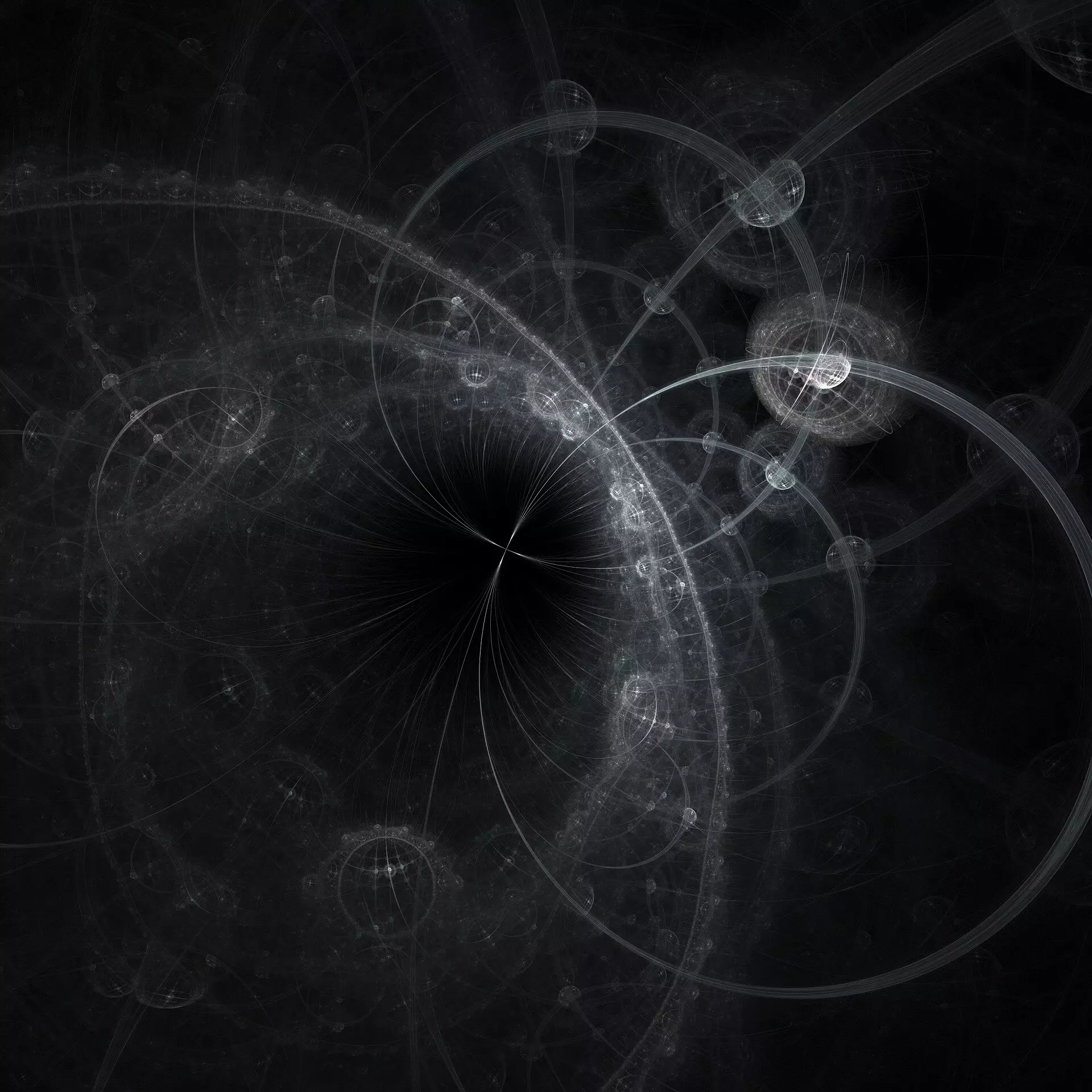In a significant development for the field of particle physics, researchers at CERN’s NA62 collaboration have made a groundbreaking observation of a rare particle decay process. This discovery promises to bridge gaps in our current understanding of fundamental physics, opening up new avenues for scientific inquiry. The process observed is the decay of the charged kaon (K+) into a charged pion (π+) and a neutrino-antineutrino pair, a phenomenon so rare that the Standard Model of particle physics predicts it occurs in fewer than one out of every ten billion kaon decays.
The measurement of this decay process, denoted as K+ → π+νν̅, is noteworthy not just for its rarity but also for its implications. Esteemed physicist Cristina Lazzeroni, from the University of Birmingham, highlighted the magnitude of this achievement by stating that this decay has now become the rarest observed at a discovery level, notably at the celebrated 5 sigma level. Such rigorous standards in measurement reinforce the reliability and importance of their findings. This landmark event is a testament to the painstaking collaborative effort of the scientists involved and signals a potential shift in our understanding of particle interactions.
The KA62 experiment is not a new endeavor but rather a culmination of over a decade of meticulous research. The kaons, essential to the experiment, are produced through a high-intensity proton beam generated by the CERN Super Proton Synchrotron (SPS). This high-energy collision creates a swarm of secondary particles, with the NA62 detector capturing a stream of nearly one billion particles every second—of which approximately 6% are the charged kaons crucial to the study.
Once produced, these kaons undergo a detailed verification process whereby the detector precisely identifies the kaon’s decay products. The neutrinos—elusive particles—do not interact with the detector, manifesting only as missing energy in the system. This adds another layer of complexity to the experimental analysis, as researchers must account for these invisible outputs in their results.
Professor Giuseppe Ruggiero from the University of Florence reflected on the extensive journey that led to this milestone discovery. The collaborative nature of the research is evident, as different institutions and researchers pooled their expertise to tackle the intricate physics involved. The latest results draw from datasets collected during multiple years, including 2021-22 and a previous collection phase from 2016-18. Improvements made during this time, including hardware upgrades and advancements in analysis techniques, resulted in a more effective experiment operation, increasing the collection rate of signal candidates by 50%.
The academic growth aspect of the collaboration is equally notable. As highlighted by Professor Evgueni Goudzovski from the University of Birmingham, nurturing the next generation of scientists is a priority. The involvement of young researchers, many of whom have gone on to take key roles in the collaboration, reflects a commitment to fostering talent and innovation within the field.
The significance of the K+ decay measurement extends beyond mere observation—it serves as a potential gateway to new physics discoveries. The decay rate is estimated at about 13 in 100 billion, which aligns with predictions from the Standard Model but is also approximately 50% higher than anticipated. This discrepancy could hint at the existence of previously undetected particles that might influence decay probabilities. However, as noted by the researchers, additional data collection is essential to substantiate these claims.
Currently, the NA62 experiment is actively gathering data, with aspirations of corroborating or disproving the presence of new physics in kaon decays within a few years. As scientists delve deeper into this line of inquiry, their findings could revolutionize our understanding of the universe and the fundamental nature of matter.
The remarkable finding by the NA62 collaboration represents a crucial development in the ongoing quest to decode the mysteries of particle physics. With rigorous methods and a passionate team, the research not only paves the path for greater understanding of our universe but also embodies the collaborative spirit that propels scientific discovery forward. As more data emerges, it could reshape our perception of the forces that govern matter, potentially leading us into an era of new physics.


Leave a Reply